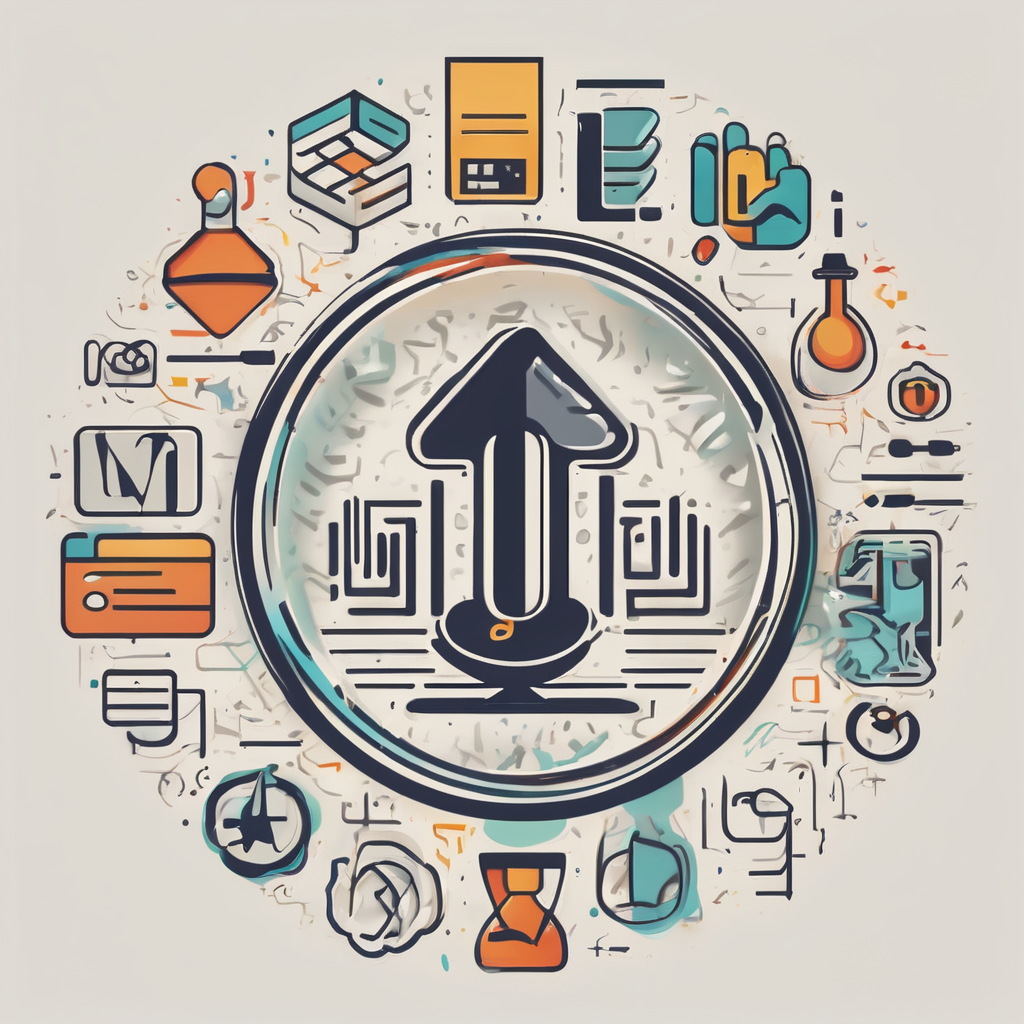Understanding Animal-Assisted Therapy
Animal-assisted therapy involves utilizing therapy animals to help promote emotional wellness. This therapeutic approach goes beyond traditional methods by incorporating trained animals into treatment plans, which positively impacts individuals’ psychological well-being.
Therapy animals play a crucial role in enhancing the therapeutic process. They provide companionship, encourage interaction, and support emotional connections, fostering a nurturing environment for participants. For children, especially those with autism, the bonding process with therapy animals can be transformative. This bond is fundamental to the therapy’s success, as it encourages trust and communication between the child and the animal.
In parallel : Prevent Metabolic Syndrome: Transform Your Health with Early Lifestyle Changes
The psychological benefits of forming a connection with therapy animals include reduced anxiety and stress levels. This, in turn, enhances communication skills and allows for better expression of emotions. By interacting with these animals, individuals experience increased self-esteem and emotional regulation, offering a different dimension of emotional support.
Overall, animal-assisted therapy is an innovative tool in promoting emotional development. As it gains recognition, both professionals and families are encouraged to explore these options to support individuals in need of emotional and psychological support. This encouraging approach offers a path to improved emotional wellness through unique human-animal interactions.
Also read : Revolutionizing Chronic Kidney Disease Management: The Impact of Nutrition on Patient Wellness Outcomes
Psychological Benefits for Children with Autism
Interacting with therapy animals offers vital psychological benefits for children with autism. One significant benefit is the reduction of anxiety, which plays a crucial role in enhancing communication skills. When anxiety diminishes, children often find it easier to engage verbally and non-verbally, promoting clearer communication with peers and caregivers. This decrease in stress lays the groundwork for further emotional development, enabling children to form stronger social bonds.
Social skills often see marked improvements through consistent interaction with therapy animals. Children learn to interpret social cues and respond aptly, skills which may be challenging due to the nature of autism. Engaging with animals, who offer unconditional acceptance and patience, provides a unique, stress-free environment where these skills can flourish organically.
Self-esteem and emotional regulation also experience positive changes. As children consistently interact with therapy animals, they gain confidence in their abilities to connect and communicate effectively. This growing self-assurance fosters better emotional regulation, enabling children to manage their emotions more adeptly. The sense of achievement and progress reinforces the therapeutic process, promoting a cycle of continuous improvement in emotional wellness.
Types of Therapy Animals
Therapy animals come in various forms, and their effectiveness can vary depending on the species involved. Each type of animal brings unique attributes to animal-assisted therapy, offering different benefits to those they help.
Dogs and Their Unique Role
Dogs are the most common therapy animals, due to their natural disposition towards humans and their capacity for emotional connection. Their innate ability to comfort and engage with people helps in promoting emotional wellness. Dogs can reduce stress and anxiety, facilitating a calm atmosphere conducive to therapy.
Other Common Therapy Animals
Aside from dogs, other animals like cats, horses, and even rabbits are effective therapy partners. Cats provide a calming presence, not requiring as much activity as dogs. Horses, used in equine therapy, are beneficial for individuals requiring physical and psychological rehabilitation, offering a profound connection that aids in emotional development.
Selection Criteria for Therapy Animals
Choosing the right therapy animal involves assessing the specific needs of individuals in therapy. Consider factors such as the animal’s temperament, size, and ability to adapt to various therapy environments. The ultimate goal is to ensure the therapy animal meets the precise requirements of the therapy program and participant’s emotional needs.
Scientific Evidence and Case Studies
In exploring the scientific evidence behind animal-assisted therapy, numerous research studies have demonstrated its effectiveness in promoting emotional and psychological well-being. These studies highlight the therapeutic value of interacting with therapy animals, showcasing how these interactions can lead to measurable improvements in individuals undergoing therapy.
Key studies have focused on various case studies where individuals, particularly children with autism, have shown remarkable progress through this form of therapy. In these cases, therapy animals have helped reduce levels of anxiety and improve emotional regulation. For example, one study found that regular interaction with therapy dogs significantly reduced stress indicators in children, enhancing their ability to communicate and interact socially.
Personal anecdotes and expert testimonials further reinforce this evidence-based therapy’s impact. Families have shared stories of how therapy animals have transformed their daughters’ social environments, enabling them to better understand and connect with others in ways that traditional therapies didn’t achieve. These first-hand accounts, backed by scientific research, emphasize animal-assisted therapy’s profound potential as an effective emotional support tool.
Practical Tips for Parents and Caregivers
When it comes to animal-assisted therapy, parents and caregivers play a pivotal role in ensuring a successful experience for their child. Selecting the right therapy program is crucial. It’s important to choose a program that aligns with the child’s specific needs, ensuring it provides the appropriate psychological benefits for issues like autism.
Preparing your child for interaction with therapy animals involves familiarizing them with the concept and setting expectations. This preparation helps ease anxiety and fosters a smoother introduction to the therapy process. It’s recommended to introduce the child gradually, allowing them to become comfortable with the presence and characteristics of therapy animals.
Monitoring and evaluating progress in therapy sessions is essential for understanding the effectiveness of the program. Regular check-ins with therapists can provide insights into how the therapy is impacting the child’s emotional development. Caregivers should observe improvements in communication, social skills, and self-esteem as indicators of positive progress. Keeping an open line of communication with therapists can help adjust treatment plans to better suit the child’s evolving needs.
Resources for Accessing Animal-Assisted Therapy
Exploring therapy resources is essential for families considering animal-assisted therapy. Access to certified programs can significantly influence an individual’s journey. Finding programs with professional support ensures therapy is both effective and enriching.
Finding Certified Therapy Programs
Searching for certified therapy programs can start with recommendations from healthcare providers or educational bodies. These professionals often have connections to trusted organizations. Certification guarantees that therapy animals and handlers meet established standards, dealing effectively with both emotional and physical needs.
Organizations Supporting Animal-Assisted Therapy
Numerous organizations offer support through workshops, materials, and access programs. These include charities dedicated to autism and mental health, which often collaborate with animal-assisted therapy programs. Such entities provide resources to help families understand and pursue these therapeutic options.
Online Training and Support for Families
Online platforms offer training opportunities for families new to animal-assisted therapy. These resources can include webinars, support groups, and educational modules. Accessing these tools equips families with the knowledge necessary to engage effectively with therapy programs, fostering a supportive environment for emotional development at home. Keeping informed and connected through these channels is crucial for accessing the full potential of animal-assisted therapy.






